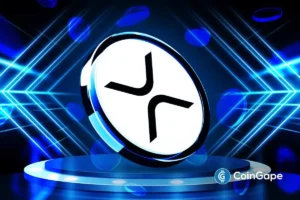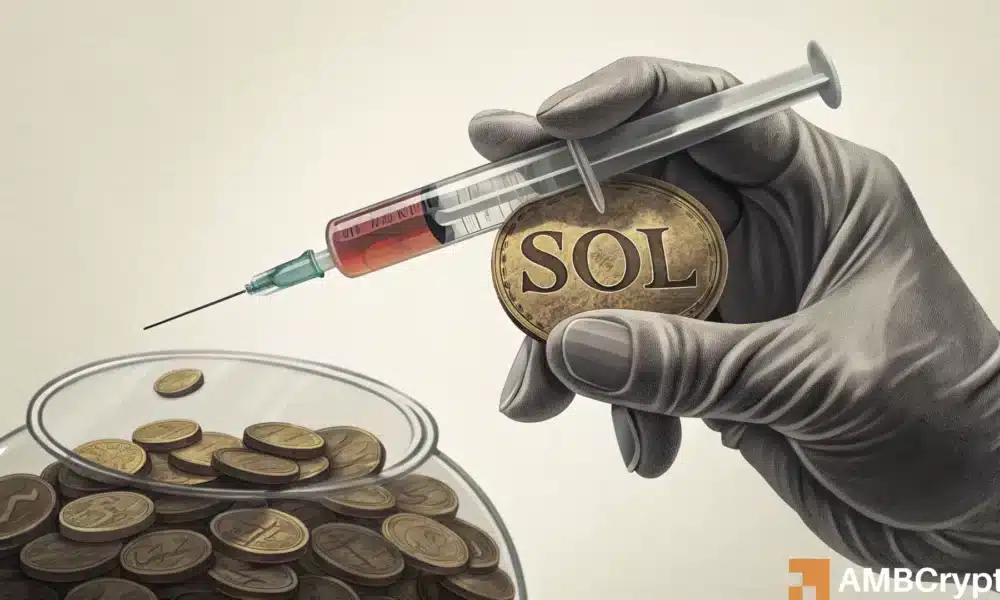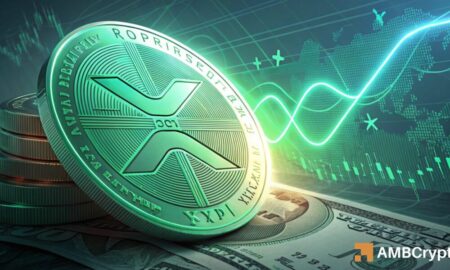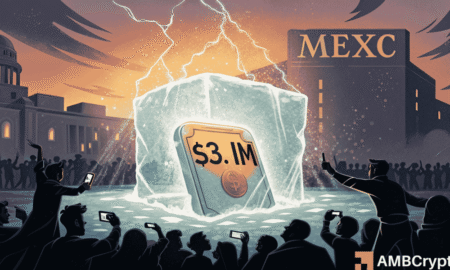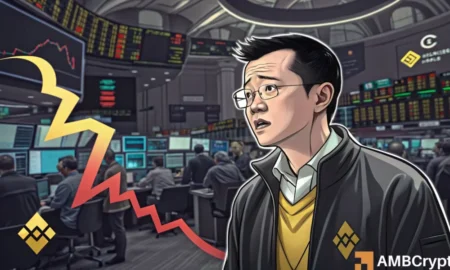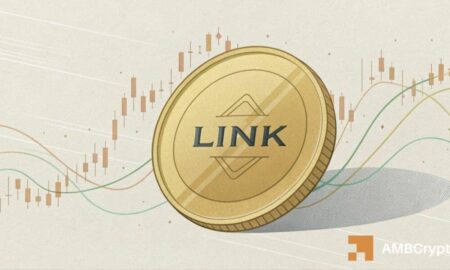The Impact of Western Union’s USDPT Launch on Solana: An In-Depth Analysis
Introduction to Solana and the Rise of Stablecoins
As the digital financial landscape evolves, Solana (SOL) continues to make headlines, particularly with the news that Western Union plans to launch its USDPT stablecoin on the Solana blockchain in the first half of 2026. This move underlines Solana’s emergent role as a bridge between traditional finance (TradFi) and decentralized finance (DeFi). With the increasing popularity of stablecoins, it’s crucial to evaluate whether this new partnership can truly enhance on-chain demand for Solana or if it merely aligns with broader market trends. In this article, we explore the implications of this strategic launch and its potential impact on the future growth of SOL.
Solana’s Position in the Blockchain Ecosystem
Solana has carved out a niche for itself in the competitive blockchain ecosystem, primarily by focusing on high throughput and low transaction fees. Currently, Ethereum (ETH) commands 52% of the total stablecoin volume, while Solana captures only 4.9%, highlighted further by its dependency on Circle’s USDC, which comprises 66% of Solana’s $15 billion stablecoin market. This liquidity distribution indicates a concentrated dependency that could pose challenges as Solana seeks to diversify its stablecoin offerings. Western Union’s entry with USDPT introduces a significant new player, which may help form a more varied liquidity base and increase competition with Ethereum.
The Catalyst for Institutional Growth
The introduction of USDPT is not only a pivotal moment for Solana but also reflects the increasing institutional interest in blockchain technologies. The week following SOL ETFs witnessed inflows of $111 million, which illustrates a robust confidence in Solana’s potential. Coupled with the remarkable increase in holdings from Digital Asset Treasuries (DATs), which surged by 841% from 1.7 million to nearly 16 million SOL tokens, the institutional landscape is ripe for a scale-up. This dramatic shift highlights the ongoing accumulation and signifies a market eager to explore stablecoin adoption and use cases that could enhance on-chain activity for Solana.
Driving Demand: The Role of Western Union
Western Union’s extensive global footprint, serving over 100 million customers, serves as a formidable distribution channel for USDPT. This strategic alliance promises to leverage Solana’s capabilities, potentially increasing transaction volumes and user engagement. The stablecoin’s integration into Western Union’s existing payment services could facilitate real-world transactions, elevating Solana’s standing in the financial ecosystem. However, the pivotal question remains: will this new on-ramp significantly bolster demand for SOL, or will it merely create a new pathway that coexists with existing flows?
The Future of Liquidity Capture in Solana
As Solana navigates this transitional period with the USDPT launch, the focus must shift with how effectively it can harness real-world payment flows. The ability to capture liquidity in a meaningful way will largely dictate Solana’s long-term value proposition in the crypto space. The demand for stablecoins is growing, supported by integrations from well-known financial institutions like Western Union. Therefore, Solana stands at a critical juncture: sustaining momentum and increasing adoption while addressing the inherent risks of operational reliance on a limited number of stablecoin providers.
Conclusion: A New Era for Solana?
The anticipated launch of the USDPT stablecoin by Western Union is a significant endorsement for Solana, highlighting its potential as a core player within the TradFi-DeFi convergence. While the launch does offer exciting prospects for increasing on-chain demand, its true impact will depend on Solana’s ability to diversify its liquidity sources and maintain institutional momentum amid growing competition. As Solana continues its expansion, the strategic partnerships formed in the coming years could very well reshape its future, making it an essential component of the evolving digital finance landscape. The next phase for SOL is not merely about technology but about capturing the dynamics of real-world financial movements and translating them into actionable on-chain activity.

